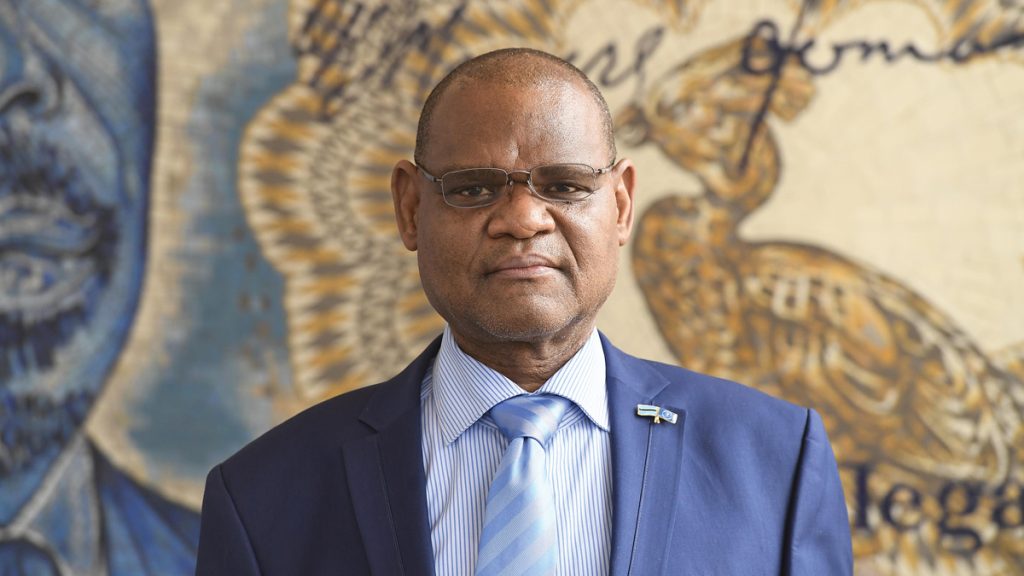- A significant decline from P7.8 billion value in 2020
- Govt gained growing surplus P863.2 million in 2021
- P30 billion domestic bond issuance attract investors
BAKANG TIRO
The value of Bank of Botswana Certificates (BoBCs) has declined to P2.3 billion in the year 2021, the central bank announced in its 2022 Monetary Policy Statement (MPC).
BoB said this was a significant decrease from the P7.8 billion accrued in December 2020, reflecting a decline in liquidity resulting mainly from the settlement of government securities and foreign exchange sales. Weekly BOBCs are primary instrument for conducting monetary operations.
“The stop out yield for the 7- day BoBCs increased from 1.03 percent in December 2021, staying within the prevailing Open Market Auction Committee (OMAC) mandate and reflecting bidding preferences by the commercial banks. However, due to the larger increase in the inflation rate compared to the nominal interest rates between December 2020 and December 2021,” he said.
According to BoB, the real rate of interest for the 7-day BOBC decreased from 1.14% to -6.99%. BoB further said the comparison of T-Bill bond and BoBCs yields as of the end of December 2021 and December 2020 indicates that yields generally increased across the maturity spectrum.
Yields increased more in the longer end of the curve, indicating partly subdued demand for longer dated securities. The Bank of Botswana Certificates is the central bank’s main instrument for monetary policy.
Exchange Rate Policy
Meanwhile, BoB said implementation of the exchange rate policy in 2021 was in line with the objective of maintaining the stable inflation- adjusted trade weighted exchange rate of the Pula.
“This entailed the Pula basket weights of 45 percent for the South African Rand and 55 percent for the SDR as well as an annual downward rate of crawl of 2.87 percent, which were maintained from 2020 with a view to sustain domestic industry competitiveness, given the continuing adverse impact of the COVID-19 pandemic on the economy and unfavorable inflation differential,” added BoB.
Consequently, BoB says the trade weighted NEER of the Pula depreciated by 2.82 percent in 2021.
“Meanwhile, the REER appreciated by 0.2 percent in 2021 because of a higher positive inflation differential between Botswana and the trading partner countries than the download rate of crawl, suggesting loss of international competitiveness on domestic firms,” said Moses Pelaelo-led BoB.
The current exchange rate policy framework is anchored on a strong performance of foreign exchange reserves, which have improved slightly from P53.4 billion and 10. 8 months of import cover in December 2021 due to recovery in domestic economic performance as driven by improvement in external demand.
Furthermore, BoB said the economic disturbances generated by the COVID19 pandemic shown the importance of maintaining adequate level of foreign exchange reserves in supporting the economy.
Fiscal Policy
On the fiscal policy, BoB said the government expenditure and net lending increased by 2.2% in the eight months (of the fiscal year) to November 2021. This, the central bank stated was as compared to an expansion of 4.3 percent in the corresponding period ending in November 2020.
Recurrent expenditure was constant (0.01 percent increase) while development expenditure on the other hand increased by 14.7 percent in the eight months of the fiscal year to November 2021.
“The combination of increases in revenue and overall spending resulted in a cumulative surplus of P863.2 million in the eight months to November 2021, compared to a deficit of P12.2 billion in the corresponding period in 2020. Given the deficit financing needs, and in the context of a P30 billion domestic bond issuance programme, yields have increased as market players sought higher rates to take part in the programme,” said the central bank.
